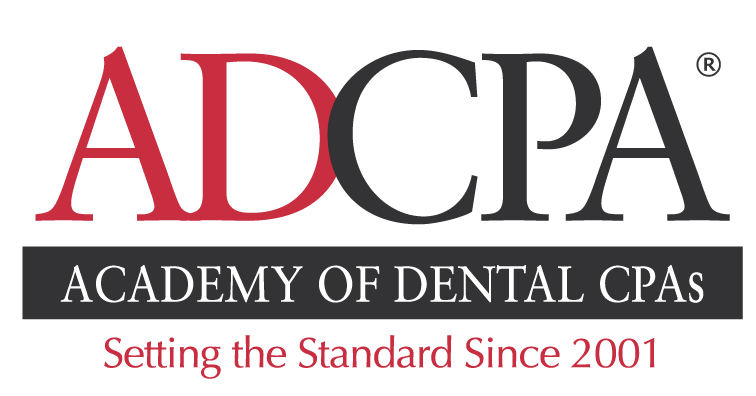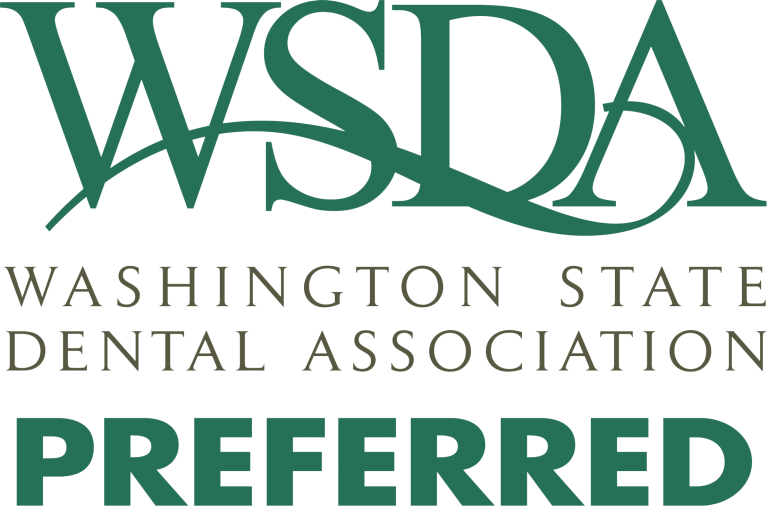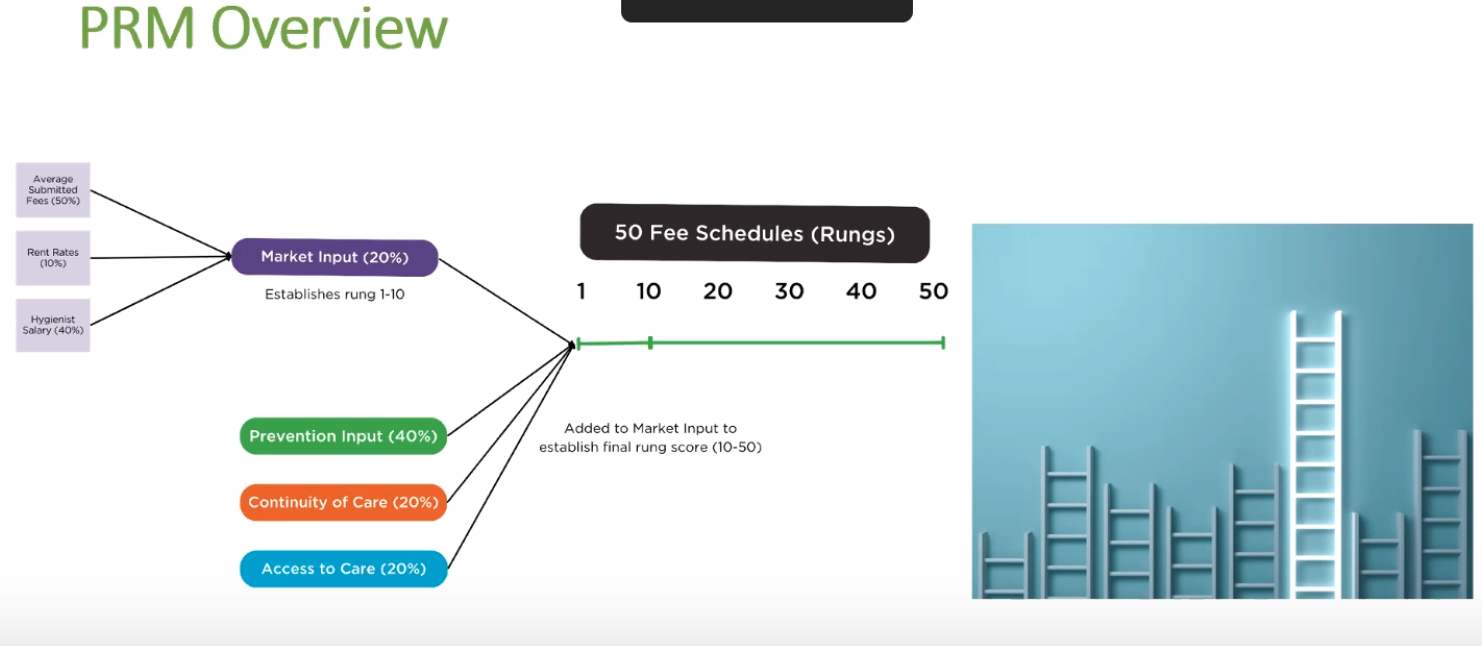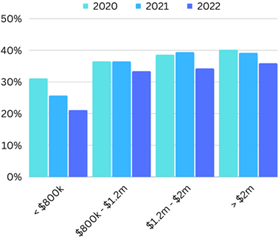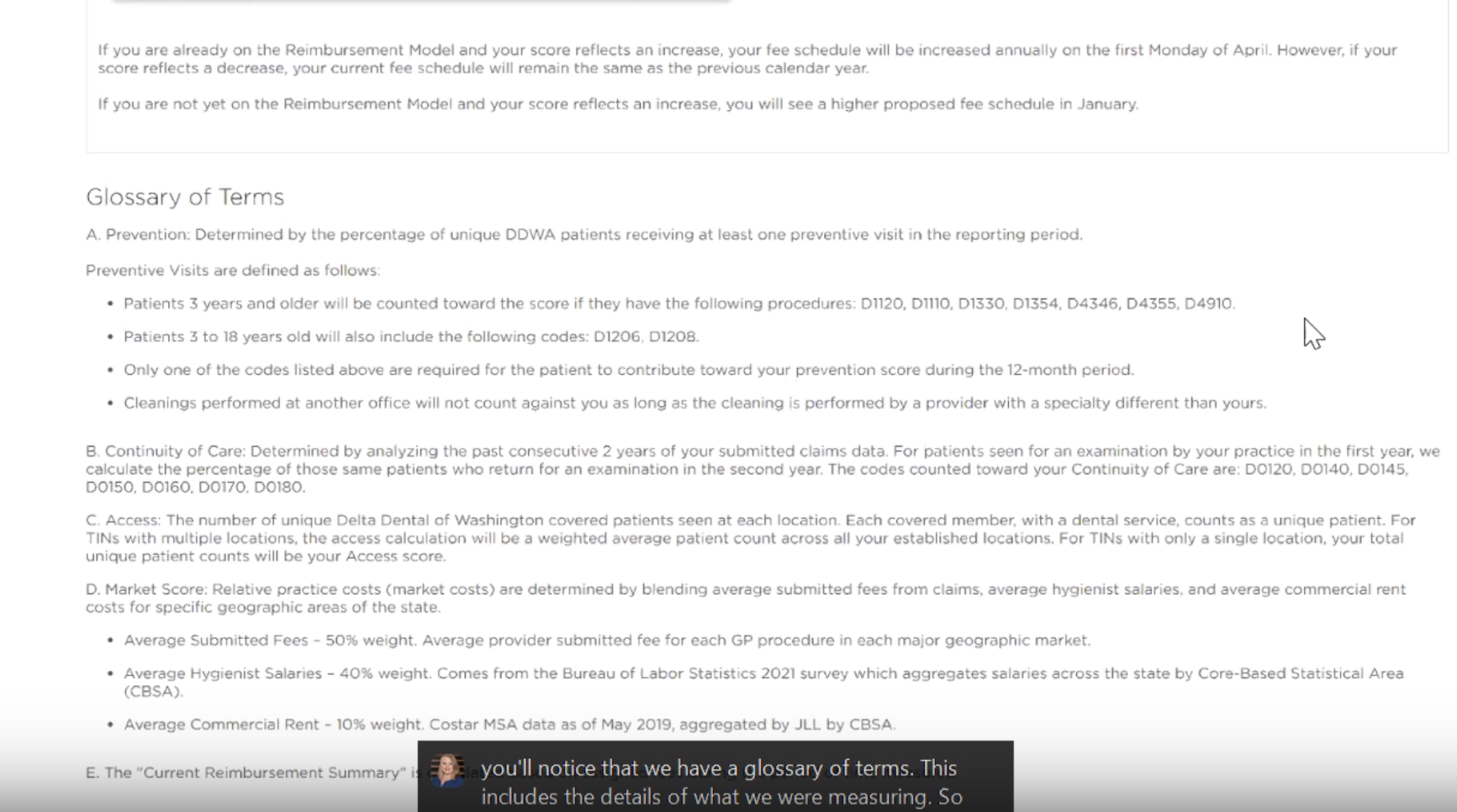Understanding the IRS Math and Taxpayer Help Act
If you’ve ever received an IRS notice claiming there was a “math error” on your tax return—only to be left scratching your head about what actually went wrong—you’re not alone. For years, dental practice owners and other taxpayers have been frustrated by vague IRS notices that provide little explanation and even less guidance on how to respond.
That’s about to change.
What Is the IRS MATH Act?
On December 1, 2025, President Trump signed the Internal Revenue Service Math and Taxpayer Help Act (IRS MATH Act) into law. This bipartisan legislation passed unanimously in both the House and Senate, reflecting broad agreement that taxpayers deserve straightforward, transparent communication from the IRS.
The law, which takes effect on December 1, 2026, requires the IRS to provide specific, detailed explanations when it adjusts a tax return for a mathematical or clerical error. No more guessing games about what triggered the change or how much you owe.
What Changes Under the New Law?
When the IRS MATH Act goes into effect, math error notices must include:
Plain language explanations. The IRS must describe the error clearly, including the specific Internal Revenue Code section and the exact line on your tax return where the issue occurred.
Itemized calculations. You’ll receive a detailed breakdown showing exactly how the IRS computed the proposed adjustment and how it affects your return.
Prominent deadlines. The 60-day window to challenge the adjustment must appear in bold on the first page of the notice. This is critical because failing to respond within this timeframe typically means losing your right to contest the assessment in U.S. Tax Court.
Clear response procedures. The notice must explain how you can request an abatement—whether in writing, electronically, by phone, or in person.
Specific error identification. The IRS can no longer send you a list of possible errors. They must identify the exact issue on your return.
The law also establishes a pilot program to test whether sending these notices by certified mail improves delivery and response rates.
Why This Matters for Your Dental Practice
Math error notices are more common than many practice owners realize. According to IRS data, over one million of these notices were sent during the 2023 tax year alone. For busy dental professionals managing patient care, staff, and business operations, receiving a confusing IRS notice can be stressful and time-consuming.
Under the old system, many taxpayers simply accepted the IRS adjustment because they couldn’t figure out what had gone wrong or didn’t realize they had a limited window to respond. The IRS MATH Act levels the playing field by giving you the information you need to understand the situation and make an informed decision about whether to challenge it.
What Should You Do Now?
While this law won’t take effect until late 2026, here’s what you can do in the meantime:
If you receive a math error notice before the new rules take effect, review it carefully and contact your tax advisor promptly. Remember that you typically have only 60 days to dispute the assessment. Keep thorough records of all tax return documentation, which will make it easier to respond to any IRS inquiries. If you’re having difficulty resolving an IRS issue, the Taxpayer Advocate Service (TAS) is a resource that can help you navigate the process.
We’re Here to Help
At Dental Accounting Group, we monitor tax law changes that affect dental practices so you can focus on what you do best—caring for your patients. If you receive an IRS notice or have questions about how tax changes might affect your practice, our team is ready to assist.
Sources:
H.R. 998, Internal Revenue Service Math and Taxpayer Help Act. Congress.gov. https://www.congress.gov/bill/119th-congress/house-bill/998
“President Trump Signs Ways and Means Bill Protecting Taxpayer Rights, Requiring IRS to Show its Math When Changing Returns.” House Ways and Means Committee, December 1, 2025. https://waysandmeans.house.gov/2025/12/01/president-trump-signs-ways-and-means-bill-protecting-taxpayer-rights-requiring-irs-to-show-its-math-when-changing-returns/
“A Win for Taxpayers: Internal Revenue Service Math and Taxpayer Help Act.” IRS Taxpayer Advocate Service, December 2025. https://www.taxpayeradvocate.irs.gov/news/nta-blog/a-win-for-taxpayers-internal-revenue-service-math-and-taxpayer-help-act/2025/12/
Disclaimer: This article is intended for general informational purposes only and does not constitute legal, tax, or professional advice. Every situation is unique, and tax laws are subject to change. You should consult with a qualified tax professional or CPA regarding your specific circumstances before making any decisions based on this information. This content is provided in accordance with AICPA professional standards and does not create a client relationship with Dental Accounting Group.


